Text
Sequels to RPGs and how they handle progression
One of the most story-rich, narrative-heavy genres in gaming. The kind of games that don't leave many stones unturned, trying to tell full, complete stories with the lore of the setting explored to the last letter. As well as a definitive ending waiting for player, after they defeat a dark deity, or a guy trying to become one, or just a guy who's a huge asshole. Endings that give the world and it's characters a happy conclusion.
But what about games that just... don't do that? Games that, while giving you a complete story, still leave out many secrets, red herrings and unresolved plotlines? Games that are made with the intent of following themselves up with a part 2? How do they handle game-to-game character progression? All this growth the player has built up over the course of their long journey?

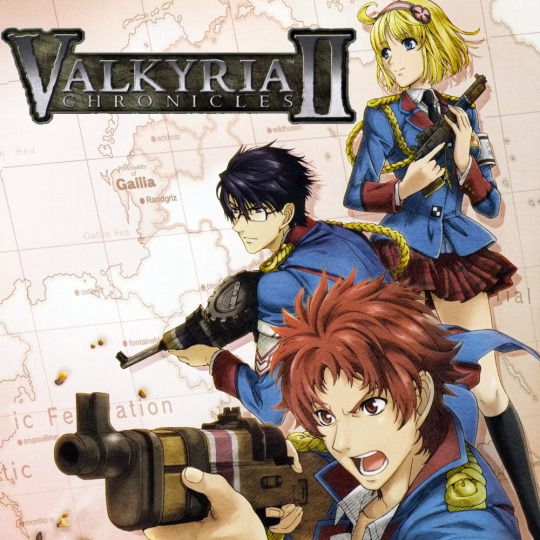
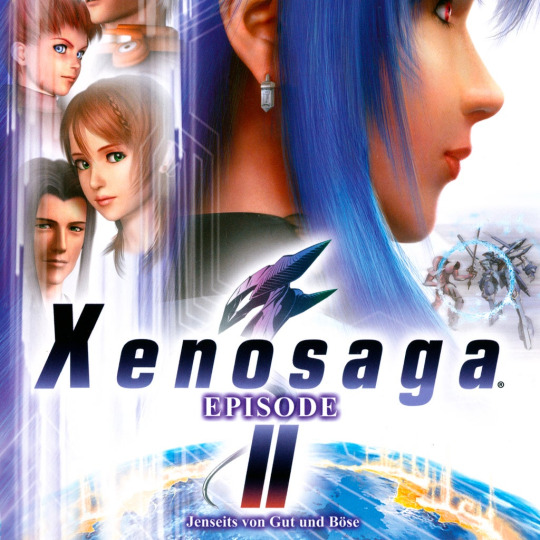
Game sequels are usually completely different worlds with different mechanics, and even if they're set in the same world and star the same characters, the different mechanics can require character progression to be reset, leading to funny explanations (if any) like Dante selling his weapons to pay rent, or Adol Christin losing his stuff because of constant shipwrecks. RPGs are in the same boat (no shipwrecks here). These game sequels don't interact with their predecessors whatsoever because of that, aside from maybe giving you extra goodies if they detect save data. And even sequels that ARE direct continuations to previous games don't interact with prequels for various reasons. Such as, like mentioned above, having completely different game mechanics, a brand new cast of characters (who would naturally have to start from 0), and/or setting the sequel years after part 1, aging the old cast and effectively "rusting" them. For example, Final Fantasy X-2, despite starring characters from the original FFX, has no data transfers whatsoever, due to different game mechanics. But there are outliers, and there have been different ways sequels have interacted with their prequels, so let's look at a few examples.

Now, Fire Emblem Radiant Dawn is your typical case of a RPG sequel. Brand new cast of characters, set years apart from Path of Radiance (part 1 of the story), and also released on a different platform! Despite that, through the usage of GameCube memory card slots present on most Wii models, the game allows you to transfer your clear data of Path of Radiance which can affect various functions in your Radiant Dawn playthrough. For the most part, save transferring will affect characters from the first game in a minor way, due to those characters appearing much later in the story. Transferring will only give +2 to the stats a character has capped by the time they hit Level 20 on their promoted class, with a few exceptions to certain characters. One such character being Sothe, a sort of guardian figure to Radiant Dawn's new main cast, and as such he is present from the very start. In his case, his Level 20 stats by the end of Path of Radiance will carry over directly to Radiant Dawn, overwriting his base stats that he would have without save transfer, even if some stats are lower than his base stats.
(Pictured below: RNG-blessed Level 20 Sothe in Path of Radiance and no-transfer base Sothe in Radiant Dawn)
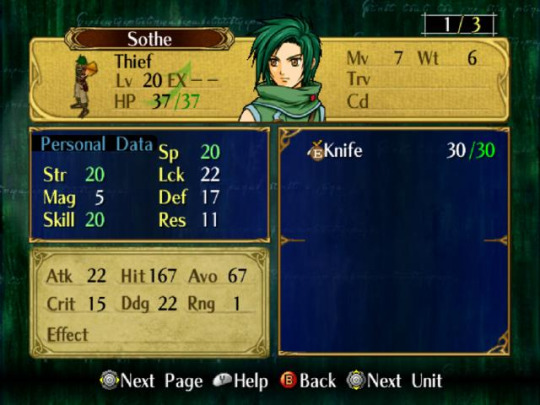

Interestingly enough, the other Fire Emblem sequel game(s), Mystery of the Emblem and it's DS remake don't have any interactivity with their Book 1s. The only difference being that in Mystery of the Emblem SNES, Marth gets a special icon next to his name for just one chapter.
This type of data transfer, fully carrying over character levels, is very rare in RPGs, and there's only one RPG series I can think of that does this.

The Trails series, or simply Kiseki, is a very unique series, due to it's 12 and counting games all being set in one, continuous timeline, happening one after another, with some games even happening at the same time as each other. This is because the series is cleanly split into different story arcs, each arc set in a separate in-universe country, so even here we run into the case of new games starring new casts. But the games within those arcs have interesting approaches to save transfers.
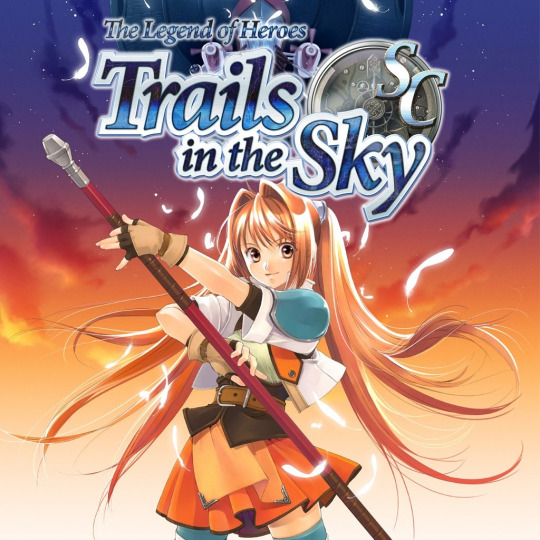
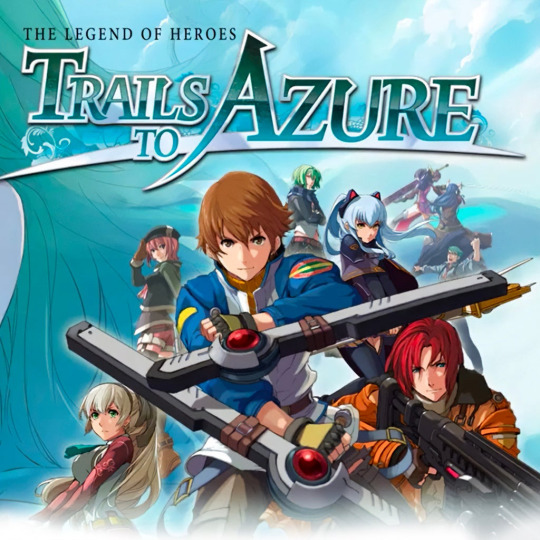
For example; Trails in the Sky SC and Trails to Azure, sequels to Trails in the Sky and Trails from Zero respectively, allow you to fully transfer the stats and levels of protagonists Estelle and Lloyd, allowing both to start at a higher level than they would otherwise, as well as having alternate versions of certain scenes, affected by how much side content you did in the prequels.
Beyond those two games, a constant between all Trails sequels is that characters retain all of their abilities and the level cap is raised, due to the sequels having a much higher starting level for progression consistency. Characters will get upgrades to their old abilities on top of new ones, and if part 1's level cap was 50, in part 2 it would be raised to 100, with the characters' starting level being above 50.
(Pictured below: Rean's average endgame level in Cold Steel 1 and Rean's level cap in Cold Steel 2)


And that's very cool. Not a lot of games care about character progression from previous games and yet here's a series of RPGs that put care and attention to their stories so much that they even maintain character progression consistency.
Now for something completely different, with the way the data is transferred being the unique part.
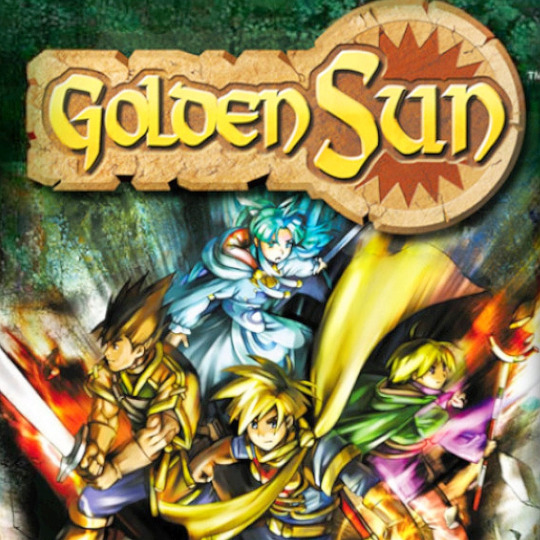
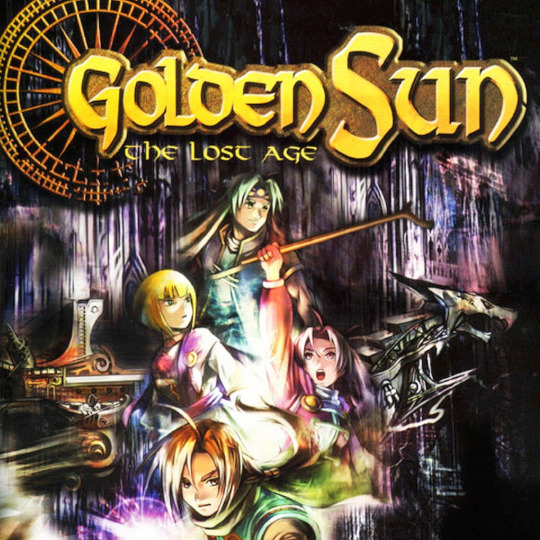
Two GBA games! But how is that possible? Save data is saved on the carts, not on the system itself! Here the developers used the ol' reliable method of passwords, with password length determining what you get to transfer over.
Short "bronze" passwords only transfer custom character names and certain event flags. Moderate "silver" passwords transfer full character stats from the original Golden Sun, as well as bronze transfers. And now the fun, stupidly long, 260-character "golden" passwords, which on top of previous bonuses, also transfer every item the party members had in their inventory by the end of the game, including exclusive items not present in Golden Sun Lost Age. A huge reward for the patient gamer who managed to put in all 260 characters correctly.
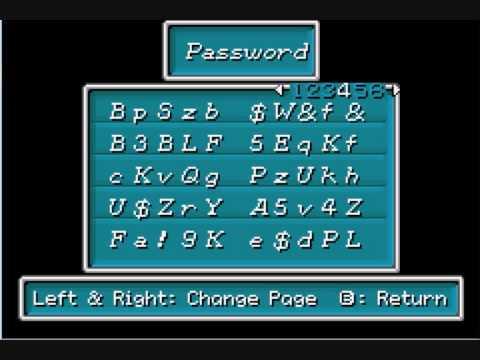
Or, y'know, you could just transfer over through the Link Cable, like a chump.
These were some of the examples of how sequels to RPGs handled character progression, if they bothered to at all. While it is a bit of a bummer that more games don't do this, it's understandable why sequels ultimately decide to separate themselves from their predecessors, even if they are direct continuations. But that's a topic for another day.
#trails#kiseki#fire emblem#path of radiance#final fantasy#radiant dawn#golden sun#trails of cold steel#trails in the sky#jrpg#rpg#trivia#cool game mechanics#adol christin shipwreck joke
43 notes
·
View notes
Text
This is my big thinking box
And it's where I will sometimes randomly talk about random things about media that not a lot of people really think or talk about, mostly about videogames
3 notes
·
View notes

